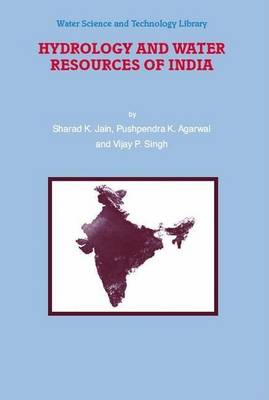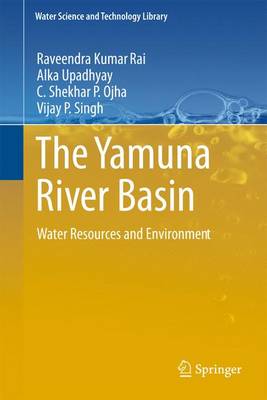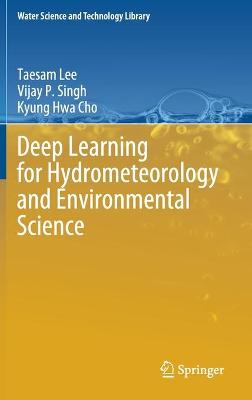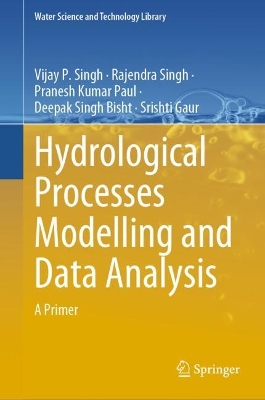Water Science and Technology Library
4 primary works
Book 57
Hydrology and Water Resources of India
by Sharad K Jain, Pushpendra K Agarwal, and Vijay P. Singh
India is endowed with varied topographical features, such as high mountains, extensive plateaus, and wide plains traversed by mighty rivers. Divided into four sections this book provides a comprehensive overview of water resources of India. A detailed treatment of all major river basins is provided. This is followed by a discussion on major uses of water in India. Finally, the closing chapters discuss views on water management policy for India.
Book 66
The Yamuna River Basin
by Raveendra Kumar Rai, Alka Upadhyay, C. Shekhar P. Ojha, and Vijay P. Singh
Audience: The manuscript has been designed so that it can be used as a reference for river basin studies. The book will be useful to engineers, agricultural scientists, environmentalists, planners, managers, and administrators who are concerned with water resources.
Book 99
Deep Learning for Hydrometeorology and Environmental Science
by Taesam Lee, Vijay P. Singh, and Kyung Hwa Cho
This book provides a step-by-step methodology and derivation of deep learning algorithms as Long Short-Term Memory (LSTM) and Convolution Neural Network (CNN), especially for estimating parameters, with back-propagation as well as examples with real datasets of hydrometeorology (e.g. streamflow and temperature) and environmental science (e.g. water quality).
Deep learning is known as part of machine learning methodology based on the artificial neural network. Increasing data availability and computing power enhance applications of deep learning to hydrometeorological and environmental fields. However, books that specifically focus on applications to these fields are limited.
Most of deep learning books demonstrate theoretical backgrounds and mathematics. However, examples with real data and step-by-step explanations to understand the algorithms in hydrometeorology and environmental science are very rare.
This book focuses on the explanation of deep learning techniques and their applications to hydrometeorological and environmental studies with real hydrological and environmental data. This book covers the major deep learning algorithms as Long Short-Term Memory (LSTM) and Convolution Neural Network (CNN) as well as the conventional artificial neural network model.
Book 127
Hydrological Processes Modelling and Data Analysis
by Vijay P. Singh, Rajendra Singh, Pranesh Kumar Paul, Deepak Singh Bisht, and Srishti Gaur
This book provides a state-of-the-art overview of the concepts and methodologies of data and modelling-driven hydrological analyses and their wide range of practical applications. The book is driven by the realisation that science, technology, engineering, and mathematics (STEM) concepts are essential in engineering hydrology to produce well-trained hydrologists. Such hydrologists will be equipped to face future societal challenges that require enhanced information and communication technology tools and integration of technical and non-technical areas. The book contains 12 chapters that introduce the principles of hydrological data analysis and highlight the current and emerging tools and techniques for analysing hydrologic data. The book describes the types of data typically used in hydrological analyses. It highlights the revolutionary technological advancements made toward hydrological data collection, including the use of drones and smartphones. The foremost objective of the book is to present the hydrological data analysis procedures. It explains the steps involved in data analysis for easy understanding of the reader, including students and professionals. This book presents case studies that demonstrate step-by-step procedures involved in typical analysis problems and may guide students and professionals in planning and executing steps to analyse the problem at hand. Case study examples will guide them to understand the intricacies of hydrological data analysis. It provides the readers with a complete package to enrich their understanding of the hydrological data analysis tools and techniques. Subsequently, as well-trained hydrologists, they could execute their learning to meet any specific grand challenge of the twenty-first century.



